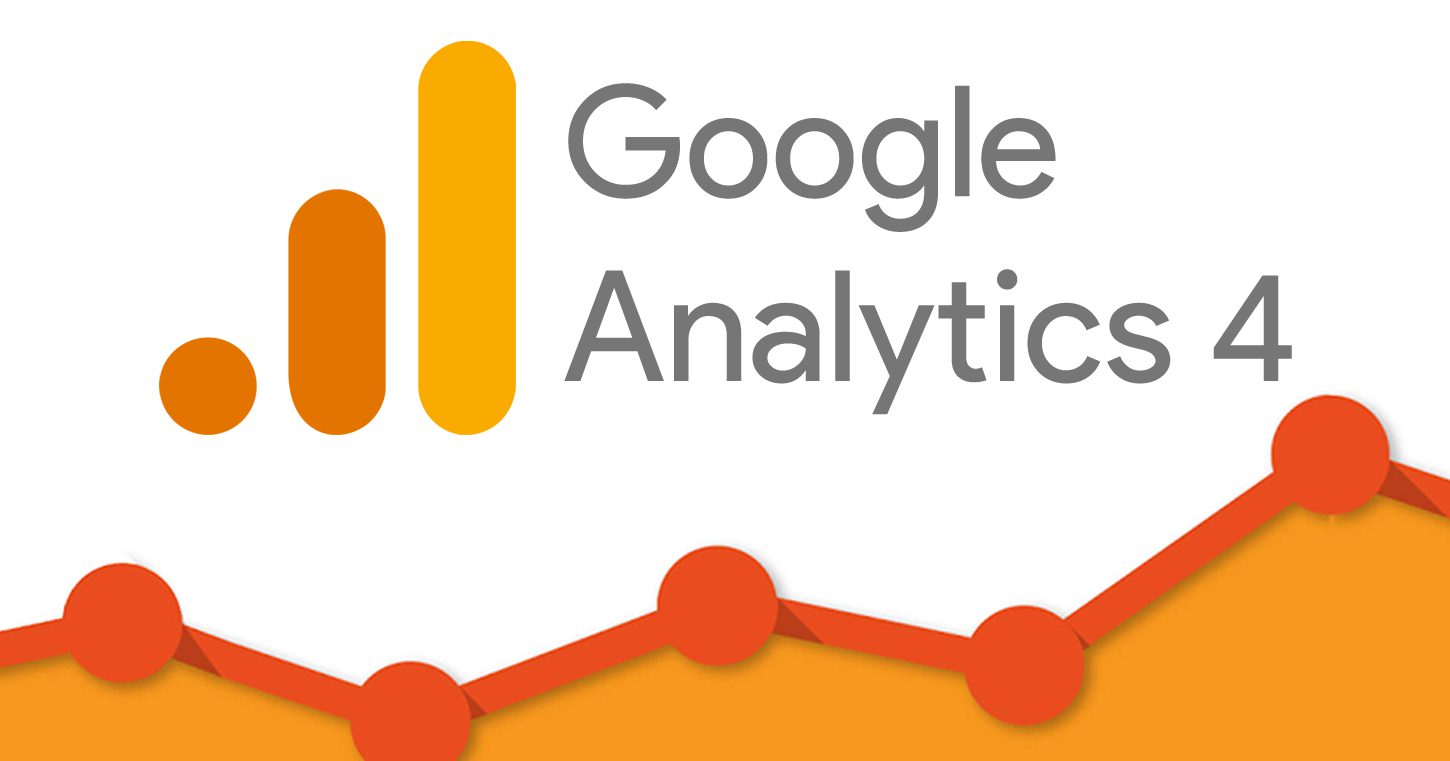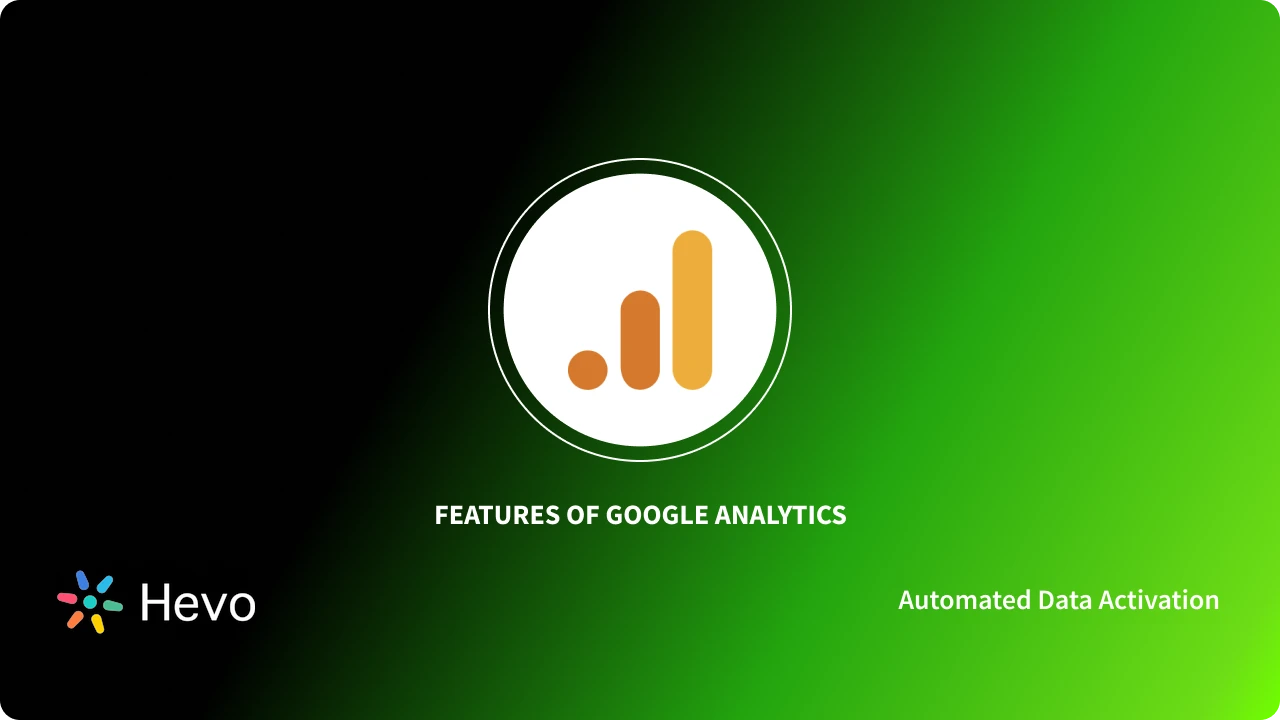A Full Overview to Comprehending When Does the Google Analytics Tracking Code Send an Event Hit to Analytics
A Full Overview to Comprehending When Does the Google Analytics Tracking Code Send an Event Hit to Analytics
Blog Article
Master Website Insights With Accurate Google Analytics Monitoring Code
The efficient application of Google Analytics pivots on the accurate implementation of its monitoring code, an essential action frequently overlooked by web site proprietors. This seemingly simple JavaScript snippet, when appropriately put, comes to be the foundation of data collection, giving insights into individual behavior and web site performance. Nevertheless, challenges can emerge during setup, possibly skewing the data and leading to mistaken decisions. Comprehending these details is necessary for optimizing the advantages of analytics. What are the usual challenges that could weaken your tracking initiatives, and exactly how can you make certain accuracy in your method?
Comprehending Google Analytics Fundamentals
Google Analytics is an essential tool for website owners and online marketers, providing important understandings right into customer habits and site performance. At its core, Google Analytics gathers information concerning site visitors to a website, enabling users to evaluate metrics such as website traffic resources, user interaction, and conversion prices. Recognizing these fundamentals is essential for enhancing a website's performance and enhancing customer experience.
The system utilizes cookies to track interactions, recording information such as page sights, session durations, and bounce rates. This details is accumulated and presented with customizable control panels, allowing customers to envision fads with time. Key efficiency indications (KPIs) can be kept an eye on, such as the overall number of individuals, new versus returning site visitors, and the geographical distribution of the target market.
In Addition, Google Analytics provides segmentation functions, allowing individuals to separate particular website traffic sources or user demographics for more targeted analysis. By grasping these fundamental aspects, internet site owners can make enlightened choices regarding material approach, advertising and marketing projects, and total site enhancements. Eventually, understanding Google Analytics fundamentals is essential for leveraging data to drive development and attain business purposes effectively.
Setting Up Your Tracking Code

Copy the provided tracking code and paste it into the HTML of your site. This guarantees that the monitoring code loads before any various other web content, permitting it to record information properly.
After installation, validate that the tracking code is operating appropriately by utilizing Google Tag Assistant or the Real-Time records in Google Analytics - when does the google analytics tracking code send an event hit to analytics?. This action is essential to confirm that your information collection is energetic and exact, establishing the foundation for insightful analysis
Common Tracking Code Issues
Lots of internet site owners experience usual problems with their Google Analytics tracking code that can impede information collection and evaluation. One prevalent problem is incorrect installation. This might occur when the monitoring code is put in the wrong section of the web site's look at here HTML, typically resulting in insufficient or absent information. In addition, having multiple instances of the monitoring code on a solitary page can cause filled with air metrics, as customer interactions may be counted greater than once.
Another issue occurs from using advertisement blockers, which can stop the tracking code from carrying out entirely, thus skewing data. when does the google analytics tracking code send an event hit to analytics?. Moreover, failure to configure filters properly can bring about the exclusion of vital website traffic sources or the incorporation of undesirable reference spam, distorting the information accumulated
Site owners might also neglect the relevance of tracking code updates, especially when migrating to Google Analytics 4 (GA4) from Universal Analytics. Finally, inadequate screening prior to launching modifications can lead to undiscovered errors in the monitoring code, even more complicating information integrity. Dealing with these typical issues is crucial for guaranteeing exact monitoring and informative analytics.
Studying Web Site Data Efficiently
Precise data collection is only the very first step in leveraging Google Analytics; the real worth lies in successfully assessing that data to drive educated decision-making. To achieve this, it is important to identify essential performance indicators (KPIs) that line up with your organization goals. Focus on metrics such as conversion prices, user interaction, and web traffic resources, as these will give understandings right into user habits and the general efficiency of your internet site.
Utilizing Google Analytics' segmentation functions enables a deeper understanding of your audience. By breaking down data into specific demographics, behaviors, and website traffic networks, you can discover trends and patterns that educate targeted techniques. Executing custom reports and dashboards can streamline this process, making it possible for fast accessibility to important information.
Additionally, frequently assessing information patterns with time assists to recognize anomalies and opportunities for improvement. Make use of visualization tools to present information in a quickly absorbable layout, assisting in more effective communication with stakeholders. Inevitably, the capability to examine website data successfully equips services to make critical choices that boost user experience, enhance marketing efforts, and drive development.

Best Practices for Accurate Monitoring
Implementing reliable monitoring techniques is crucial for obtaining reliable information in Google Analytics. To make sure exact tracking, begin by correctly installing the Google Analytics tracking code on every page of your web site. This can be achieved via a tag manager or by directly installing the code right into the HTML.
Next, configure your Visit Website Google Analytics account to omit internal web traffic. This can be done by establishing filters that identify and get rid of brows through from your organization's IP address, therefore preventing manipulated information. In addition, utilize occasion tracking to keep track of specific individual interactions, such as downloads or video clip plays, which standard page sights might ignore.
On a regular basis examine your monitoring configuration to verify that all functions, such as objectives and ecommerce monitoring, are operating correctly. Establish a regular identifying convention for your projects and events to facilitate much easier coverage and evaluation.
Lastly, take into consideration leveraging UTM parameters for projects to gain understandings into the efficiency of different marketing efforts. By adhering to these finest practices, you can improve the accuracy of your data collection and analysis, ultimately causing more informed decision-making for your website.
Conclusion
Accurate execution of the Google Analytics tracking code is essential for understanding internet site insights. By making certain the monitoring code is appropriately put and consistently examined, site proprietors can capture crucial user interaction data, hence facilitating the identification of essential efficiency indicators. Efficient analysis of this information, combined with adherence to finest techniques, enables notified decision-making and the optimization of online methods. Inevitably, a durable monitoring structure improves the capacity to drive engagement and enhance total site performance.

Not enough testing before launching adjustments can result in unnoticed errors in the tracking code, better complicating information dependability.Carrying out efficient tracking techniques is essential for acquiring trusted data in Google Analytics. By making certain the tracking code is properly put and frequently investigated, website proprietors can capture important image source customer communication data, therefore facilitating the recognition of key performance signs.
Report this page